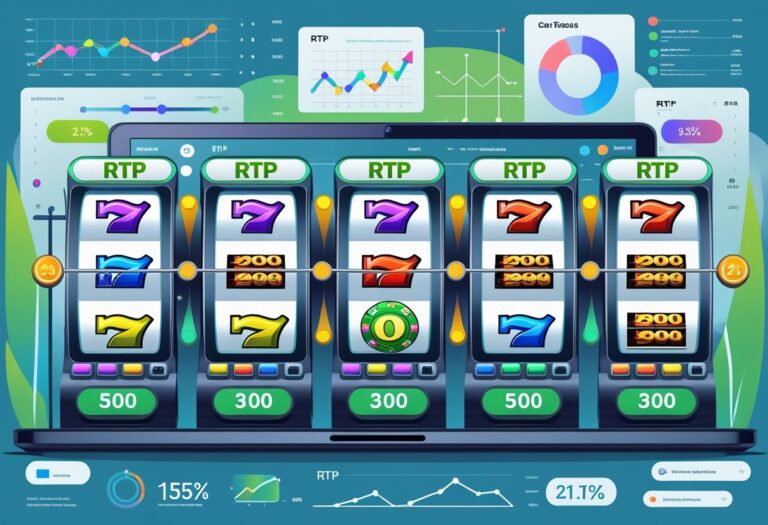🧠 차단 회피가 유도하는 심리적 행동 편향
사용자들은 플랫폼 차단 이후, 회피 전략을 정당화하는 심리적 기제를 작동시킵니다. 이는 다음과 같은 인지 왜곡과 행동 패턴으로 나타납니다:
- 🧩 합리화(Rationalization): “차단당할 이유가 없었어” / “이건 정당한 권리야”
- 🔁 통제 착각(Illusion of Control): 기술 회피 수단을 통제의 증거로 착각
- 🚫 위험 축소(Minimization): “다들 이 방법 쓴다”, “별일 없을 거야”
이러한 반응은 반복적 차단 회피 행동을 강화하며, 플랫폼 신뢰 기반을 무너뜨리는 주요 동인이 됩니다.
📊 플랫폼 차단 회피 행위의 위험 사용자 특성
차단 회피를 시도하는 사용자군은 일반 사용자와 명확히 구별되는 행동 데이터를 보입니다:
| 행동 지표 | 일반 사용자 | 차단 회피 사용자 |
|---|---|---|
| 계정 생성 간격 | 1회, 장기 유지 | 짧은 시간 내 다수 생성 |
| IP/디바이스 변경 빈도 | 매우 낮음 | 일주일 내 수회 이상 |
| 인증 실패율 | 0~3% | 15% 이상 |
| 행동 일관성 | 규칙적/예측 가능 | 무작위성, 우회성 높음 |
이러한 특성은 AI 기반 위험 탐지 시스템의 프로파일링 및 행위 기반 차단 정책의 핵심 데이터셋으로 활용됩니다.
🧾 차단 회피의 플랫폼 경제적 손실
차단 회피 사용자로 인해 플랫폼은 다음과 같은 간접적 재정 손실을 입을 수 있습니다:
- 🔒 보안 인프라 유지비용 증가 (추가 인증, 탐지 서버 유지 등)
- 💳 결제 사기 및 환불 분쟁 증가 → 거래 안정성 저하
- 📉 광고 정확도 저하 → 프로필 조작 사용자로 인한 타겟팅 오류
- 📢 커뮤니티 신뢰도 하락 → 정상 사용자의 이탈
이는 결국 장기적 수익성과 브랜드 평판에 손상을 유발하며, 플랫폼의 보안 투자 우선순위를 변화시킵니다.
📚 사용자 교육과 경고 시스템 강화
플랫폼은 단순 제재보다, 사용자에게 다음과 같은 예방적 정보 제공 및 교육을 강화할 수 있습니다:
- 📢 차단 사유와 위반 정책의 시각적 안내
- 🔍 항소 가능성과 절차 명확히 고지
- 💡 VPN/우회 시도의 기술·법적 위험에 대한 경고 알림
- 📊 계정 복구 전 ‘신뢰 점수 회복 가이드라인’ 제공
이는 플랫폼 보안 강화뿐 아니라, 건전한 사용자 행동을 유도하는 디지털 시민성 교육의 일환으로 기능할 수 있습니다.
🔐 차단 회피와 관련된 기술 악용 사례
다수의 차단 회피 시도는 기술 악용 수단과 결합되어, 플랫폼 전체 보안에 위협을 가하는 구조로 발전할 수 있습니다:
- 🦠 에뮬레이터 조작: 모바일 앱 차단 우회를 위한 가상 디바이스 활용
- 👤 익명 브라우저 플러그인: 지문 차단, 쿠키 자동 삭제, 다중 탭 클론 등
- ⚙️ 브라우저 내 API 차단: WebRTC, Canvas, Navigator 속성 차단을 통한 탐지 방해
- 💳 가상 카드 및 임시 이메일 사용: 계정 다중화 및 KYC 회피
이러한 기술들은 궁극적으로 사기, 정보 유출, 보안 사고의 전 단계로 악용될 가능성이 높아, 적극적 차단 정책이 요구됩니다.
🧬 차단 회피 기술의 진화: 자동화와 AI 통합
최근 차단 회피 기술은 AI와 자동화 도구의 결합으로 더욱 고도화되고 있습니다. 이로 인해 탐지가 어렵고, 실시간 대응이 필요한 위협 수준으로 발전하고 있습니다.
- 🤖 자동 계정 생성 봇: CAPTCHA 회피 및 이메일 인증 자동화
- 🕵️ AI 기반 브라우저 프로필 스푸핑: 지문 데이터와 행동 패턴 모방
- 📡 AI 선택형 VPN 서버 전환: 탐지된 IP 블록 회피
- 🔁 세션 및 쿠키 자동 재설정 스크립트: 감지 회피를 위한 상태 초기화
이러한 기술은 단순 사용자가 아닌 **의도적 공격자 혹은 조직적 사기 행위자**의 수단으로 활용되며, 플랫폼 보안 체계에 지속적인 압력을 가하고 있습니다.
🧾 차단 회피가 플랫폼 내 정책 위반과 연결되는 구조
차단 회피는 종종 다른 형태의 약관 위반과 결합되며, 다음과 같은 위험 신호로 이어질 수 있습니다:
- 🔀 복수 계정 운영: 혜택 중복 수령, 투표 조작, 랭킹 시스템 왜곡
- 💬 허위 신원 사용: 사기성 거래, 신뢰 점수 악용
- 📢 스팸 또는 자동화 메시지 배포: 커뮤니티 질서 훼손
- 🛒 불법 상거래 또는 전자 사기: 환불 사기, 피싱 링크 전파
결과적으로 차단 회피는 단순 접근 문제가 아니라 플랫폼 경제와 커뮤니티 신뢰를 침해하는 시스템 리스크로 간주됩니다.
📉 반복된 회피 시도의 누적 리스크
한 사용자가 반복적으로 차단 회피를 시도할 경우, 플랫폼은 다음과 같은 조치를 단계적으로 강화합니다:
- 🚨 1단계 경고: 이메일 알림 또는 로그인 시 메시지
- 🔒 2단계 제한: 기능 제한, 콘텐츠 업로드 차단
- ⛔ 3단계 정지: IP 차단, 디바이스 블랙리스트 등록
- 📝 4단계 데이터 공유: 다른 플랫폼에 위반 기록 전달
이는 사용자의 모든 디지털 자산과 평판에 영향을 미치며, ‘플랫폼 전체에서의 실질적 퇴출’로 이어질 수 있습니다.
📚 교육 중심의 예방 전략: 사용자 중심 접근의 필요성
기술적 탐지 강화와 병행하여, 사용자의 규칙 이해와 자기 규율 강화를 위한 교육이 병행되어야 합니다.
- 📖 약관 이해 교육 모듈 제공: 사용자 행동에 영향을 미치는 조항 중심 설명
- 🧠 차단 회피의 장기적 리스크 안내: 실제 사례 기반 리스크 교육
- 👥 공식 커뮤니티 내 피드백 채널 운영: 항소 절차와 피드백 공유로 소통 기반 구축
- 📊 신뢰 점수 가시화: 플랫폼 내부에서의 행동 이력을 사용자에게 투명하게 제공
이는 차단 회피를 단속이 아닌 **예방 중심 정책으로 접근할 수 있도록** 해 주며, 장기적으로 사용자와 플랫폼 모두에게 긍정적 결과를 유도합니다.
🧠 결론: 회피보다 협력이 지속 가능하다
플랫폼 차단 회피는 단기적으로 계정 접근을 가능하게 할 수 있으나, 장기적으로는 신뢰, 데이터, 자산, 법적 책임의 손실투명한 소통, 항소 시스템 활용, 행동 개선 노력플랫폼-사용자 관계는 보안과 자유의 균형을 전제로 할 때, 건강한 디지털 생태계로 성장할 수 있습니다.




